DNA Testing for Kids Sparks Interest in Family History
DNA testing for kids is a great way to spark their interest in their heritage, while teaching science, math, geography, and more. Consider these reasons and start with the budget-friendly option of an autosomal test.
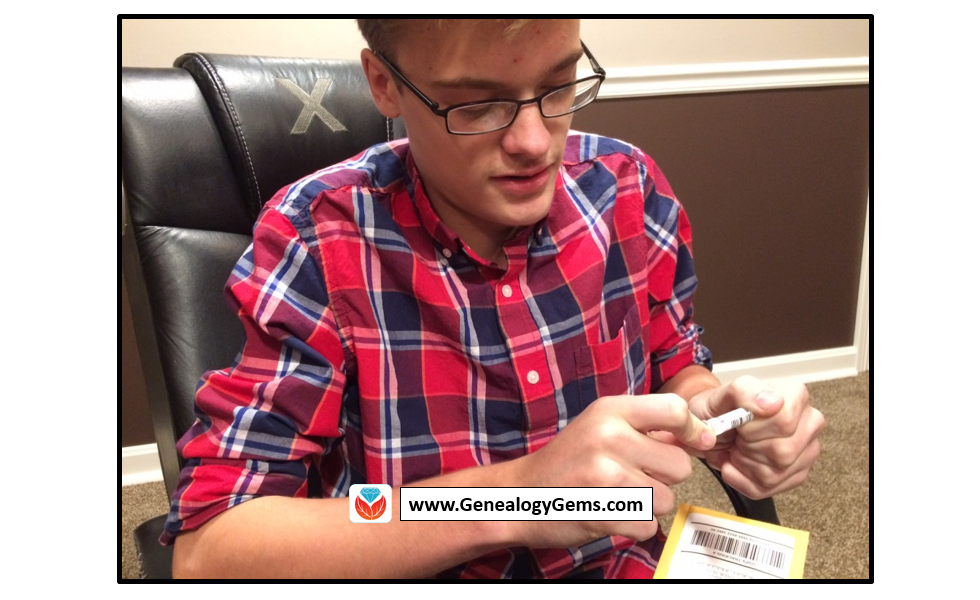
According to a 2010 study out of Emory University, if we want to encourage kids toward an activity that will positively impact them, we should steer them toward family history. The researchers reported, “Children who know stories about relatives who came before them show higher levels of emotional well-being.”
Now, I know I don’t need to convince you of this. You are already sold on genealogy. But let’s explore how DNA testing might be able to help you share your love of family history with your children and grandchildren.
Why Try DNA Testing for Kids
Since you know this is me, the genetic genealogist talking, you can probably guess what I’ll suggest for getting kids interested in family history. DNA testing is a great way to personally and physically involve them. There is the tangible process of taking the sample at home, and the marvel at how such a simple act can produce the amazing display of our ethnicity results. Since each of us is unique, it will be fun for them to compare with you and other relatives to see who-got-what-from-who. This will naturally lead to questions about which ancestor provided that bit of Italian or Irish, and wham! You’ll be right there to tell them about how their 5th great-grandfather crossed the ocean with only the clothes on his back, determined to make a new start in a new land.

If there are parts of the ethnicity report you can’t explain, use that as a hook to encourage them to start digging and to find out why you have that smattering of eastern European or Southeast Asian. Taking them for a tour of the DNA match page, you can show them how they share 50% of their DNA with their sister (whether they like it or not!) and how they share 25% with their grandparent!
DNA test results give kids a totally unique look at their personal identity with technology that is cutting edge. Looking at their DNA test results can turn into a math lesson, a science lesson, a geography lesson, a lesson on heredity or biology, or a discussion on identity. DNA is the perfect introduction to the wonders that genealogy can hold, especially for children.
A Warning and Caution
As with all DNA testing pursuits, this one should not be taken lightly, even with all of its benefits.
An important word to parents: Be sure to keep unintentional consequences in the forefront of your mind. This includes the possibility of revealing family secrets. Talk with your spouse and make sure you are both on the same page. In the end, this is your decision.
An important word to grandparents and other relatives: DNA testing is a parent’s decision. Even though you’re passionate about preserving the family’s history and the benefits of including children are numerous, you must obtain parental consent if you are not the parent.
More About Autosomal DNA Testing for Kids
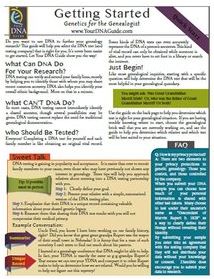 Click here to learn more about my series of how-to videos (available to Gems fans for a special price) or start your kids’ or grandkids’ DNA journey with two of my genetic genealogy quick guides. The first is a great overview and the second talks about autosomal testing which is a good test for genetic genealogy beginners.
Click here to learn more about my series of how-to videos (available to Gems fans for a special price) or start your kids’ or grandkids’ DNA journey with two of my genetic genealogy quick guides. The first is a great overview and the second talks about autosomal testing which is a good test for genetic genealogy beginners.
- Getting Started: Genetics for the Genealogist gives a great overview of what DNA testing for genealogy is all about (and what it isn’t);
- Autosomal DNA for the Genealogist introduces you the budget-friendlier testing option for doing with kids. You can have autosomal tests done at AncestryDNA, Family Tree DNA, 23andMe and MyHeritage DNA (click here to see a side-by-side comparison of these tests.) In fact, consider grabbing one of my “study guides” to help you and the kids navigate the testing process at specific companies: AncestryDNA, Family Tree DNA, and 23andMe.
Genealogy Gems Podcast Episode 190: Missing Person’s Case SOLVED!
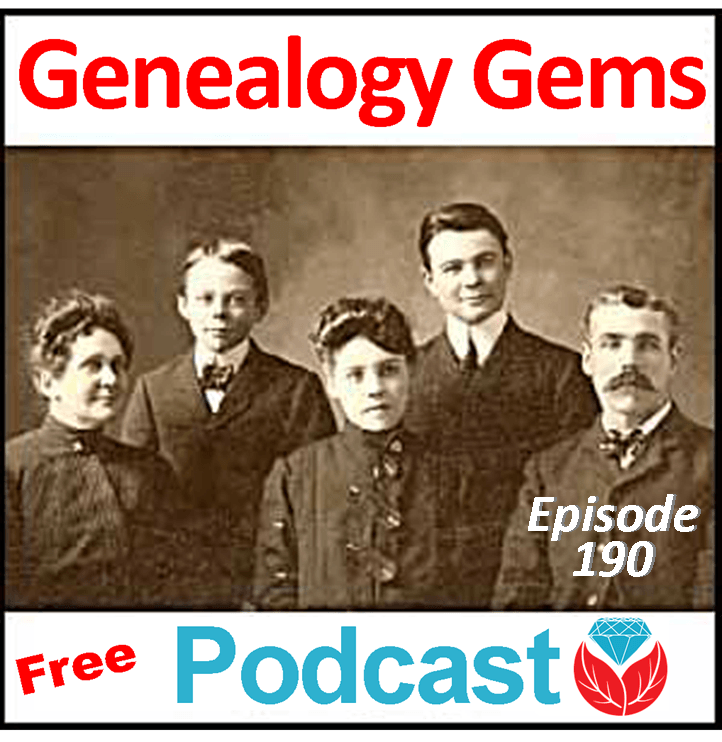 In the just-published, free Genealogy Gems Podcast episode 190, hear from a genealogist who helped lay to rest a 30-year old missing-person’s case–and so much more.
In the just-published, free Genealogy Gems Podcast episode 190, hear from a genealogist who helped lay to rest a 30-year old missing-person’s case–and so much more.
Don’t you love it when everyday heroes help the experts solve baffling mysteries? I especially love it when that hero is a genealogist who wields research skills with deftness, creativity and bulldog tenacity. Has Lisa Louise Cooke got a story for us!
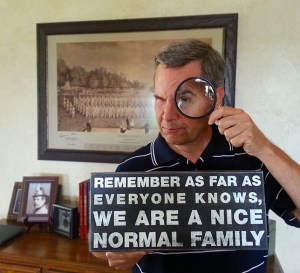
Scott Fisher, Extreme Genes
In the new Genealogy Gems Podcast episode 190, Lisa interviews Extreme Genes radio host Scott Fisher about his now-famous role in helping to solve a 30-year old missing persons case. He’s told this story to People, FoxNews and CBS.com, but here Lisa gets Scott to really lay out the details of how he did it for fellow researchers.
There’s more to love in Genealogy Gems Podcast episode 190, such as:
- Lisa advises a listener on a pesky Gmail problem;
- A whirlwind world tour of new genealogy records online;
- Searching out military service details with Google Books;
- One RootsTech attendee’s Google search success story
- the new Genealogy Gems Book Club title, a brand-new, much-anticipated second novel by a breakout British novelist.
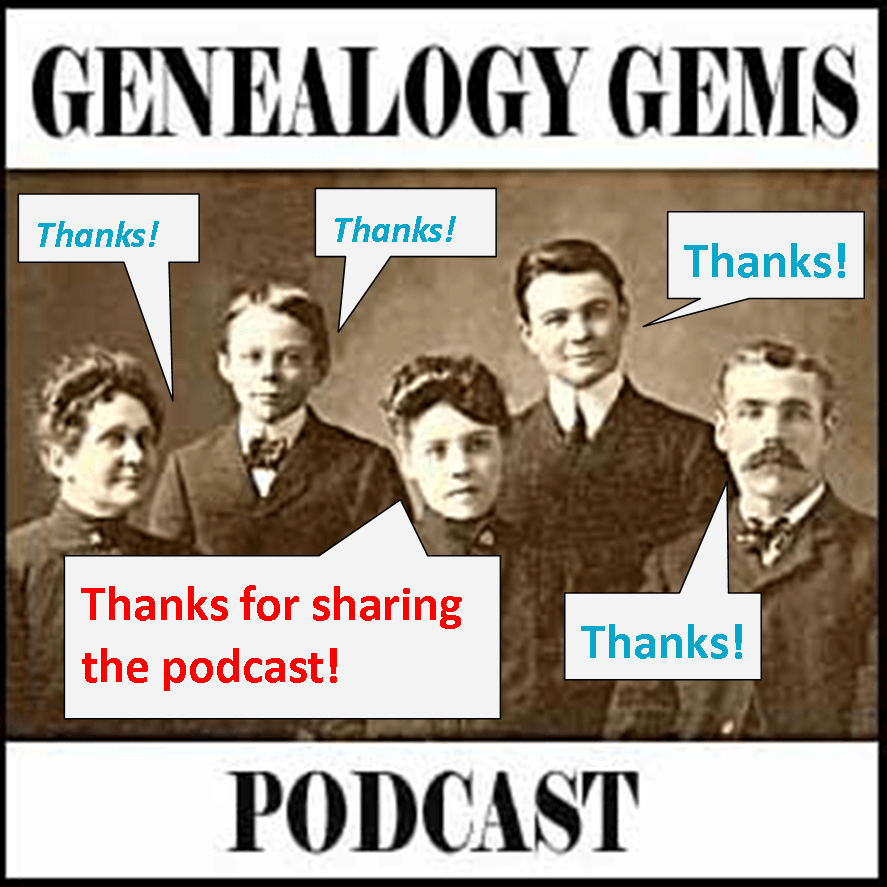 Click here to listen to the episode for FREE (no membership or login required).
Click here to listen to the episode for FREE (no membership or login required).
Not sure what a podcast is or how to listen? Click here to learn more about these “online radio shows” that you can take with you on your mobile device. Listen while you commute, exercise, do your household chores or garden.
We Dig These Gems! New Genealogy Records Online
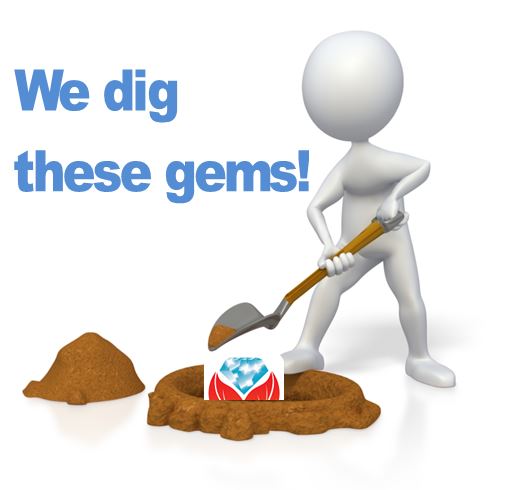 New genealogy records online this week include a new index of WWII POWs from the US; British and Welsh newspapers, New York passenger and crew lists and more. Take a look!
New genealogy records online this week include a new index of WWII POWs from the US; British and Welsh newspapers, New York passenger and crew lists and more. Take a look!
BRITISH 1939 REGISTER BROWSER. A new browsing tool is available to help Findmypast subscribers access the 1939 Register (which is online in indexed format but requires separate premium access). “A handy partner to the name-searchable 1939 Register, Browse offers you the ability to explore England and Wales by county, borough/district, piece number and ED letter code.”
BRITISH AND WELSH NEWSPAPERS. Over 6.4 million articles have recently been added to Findmypast’s collection of historic British Newspapers. They comprise 26 new titles, including 19 from Wales dating back to 1829. According to the collection description, “19 of our newest titles come from Wales, allowing you an insight into local life during the 19th and early 20th centuries.”
ENGLAND (LANCASHIRE) CEMETERY. Nearly a half million indexed records have been added to a free collection at FamilySearch of England Lancashire Oldham Cemetery Registers 1797-2004. According to the collection description, “This collection contains cemetery registers from Hollinwood, Failsworth, Royton, Crompton, Chadderton, Lees, and Greenacres cemeteries in Oldham. Most registers contain, name, address, date of death, date of burial and burial location.”
NEW JERSEY CHURCH. Ancestry.com has posted a new collection of New Jersey, United Methodist Church Records, 1800-1970, 1800-1970
spanning nearly two centuries (1800-1970). According to the description, “This collection includes baptism, marriage, burial, and membership records from churches in the Greater New Jersey United Methodist Church Commission on Archives and History. Most records are from churches that have been closed.”
NEW YORK IMMIGRATION/CREW. FamilySearch has a new browse-only collection of more than 3.2 million records of New York passenger arrivals at Ellis Island (1891-1924). It links to images of arrival lists at the Ellis Island website. In addition, nearly 1.3 million indexed records have been added to FamilySearch’s collection of New York New York Index to Alien Crewmen Who Were Discharged or Who Deserted (1917-1957).
US WWII PRISONERS OF WAR. A new database of over 143,000 United States prisoners of war records (1941-1945, prisoners of the Japanese) is now searchable on FamilySearch.org.
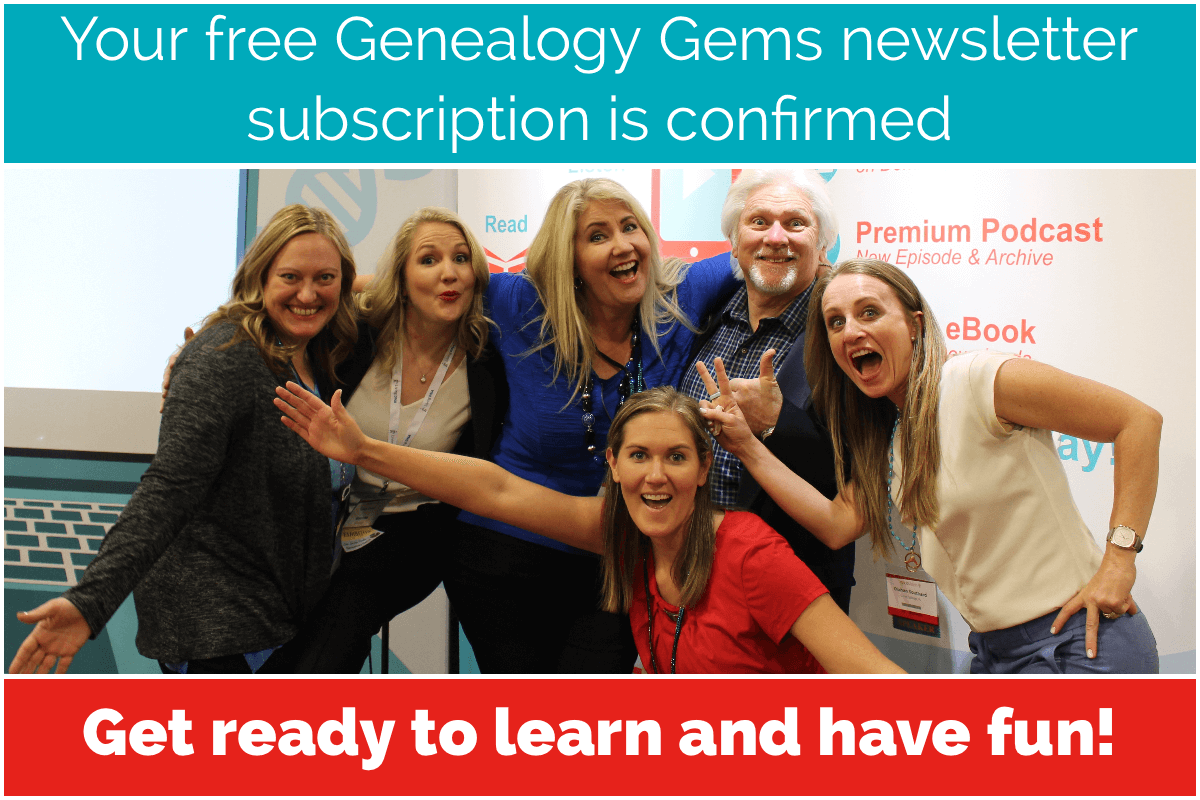 Keep up-to-date with this weekly digest of new genealogy records online, which notes some of the biggest, most interesting and exciting collections we’ve noticed. Sign up for our weekly e-newsletter so you won’t miss any, and you’ll receive a free e-book of Lisa Louise Cooke’s Google search tips from her popular book, The Genealogist’s Google Toolbox.
Keep up-to-date with this weekly digest of new genealogy records online, which notes some of the biggest, most interesting and exciting collections we’ve noticed. Sign up for our weekly e-newsletter so you won’t miss any, and you’ll receive a free e-book of Lisa Louise Cooke’s Google search tips from her popular book, The Genealogist’s Google Toolbox.
Disclosure: This article contains affiliate links and Genealogy Gems will be compensated if you make a purchase after clicking on these links (at no additional cost to you). Thank you for supporting Genealogy Gems!
Got 10 Minutes? Here’s 100 Years of History
Can 100 years be packed into 10 minutes? This YouTube video attempts to do it!
(Warning: contains some graphic images)
The video also illustrates how the movie camera has captured our triumphs and tragedies for over 100 years.
Do you have old family movies? Consider posting them on YouTube with relevant descriptions that will help others find and watch them. Just like old photos, old film can play a  significant role in our family history, and the Internet provides a forum for sharing them. If you have a free Google account (perhaps you use Gmail or another Google service) then you can use that account to activate your own YouTube channel.
significant role in our family history, and the Internet provides a forum for sharing them. If you have a free Google account (perhaps you use Gmail or another Google service) then you can use that account to activate your own YouTube channel.
You can learn how to get your free YouTube channel up and running at my upcoming class at RootsTech2014 called How to Use YouTube for Family History: Setting Up Your Own YouTube Channel (RT1508) Thursday, February 6 at 10:30 AM in Room: Ballroom H

